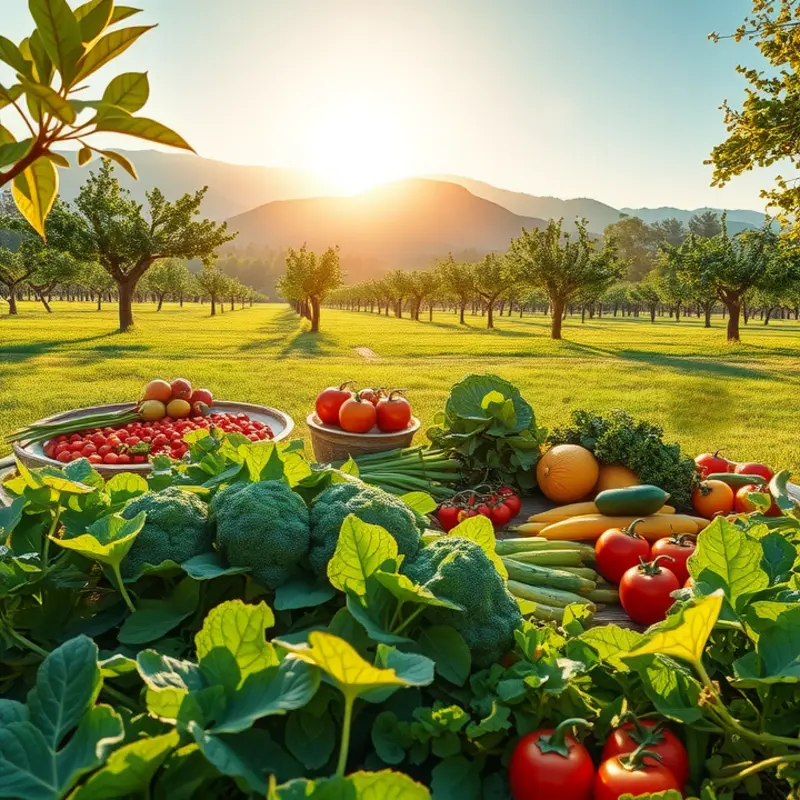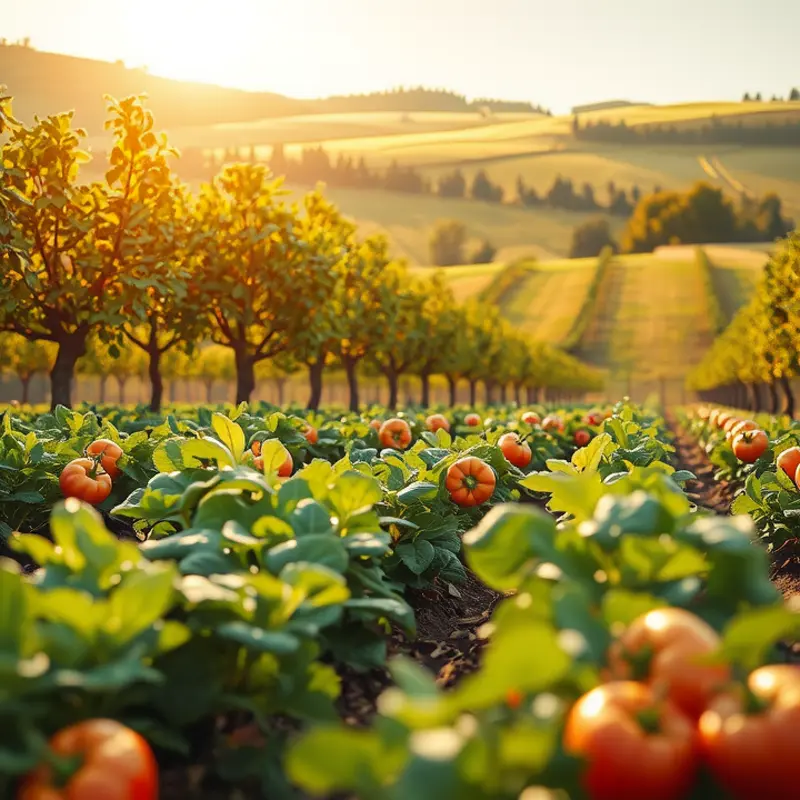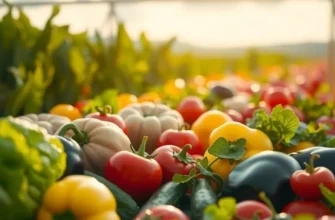Moisture control is a crucial aspect of baking that can significantly impact the outcome of your favorite treats. From cakes to bread, understanding how moisture affects ingredients can elevate your culinary creations. With the right techniques and insights, even novice bakers can achieve beautifully moist results. Let’s delve into effective methods to gain control over moisture in your baking endeavors, ensuring consistent and delicious results every time you step into the kitchen.
Understanding Moisture and Ingredients

When embarking on the journey of baking, understanding the interaction between moisture and ingredients is critical. Moisture is not just about water; it encompasses all liquid ingredients and elements in your recipe that contribute to the final texture and flavor of your baked goods.
Flour is a fundamental ingredient that directly influences moisture. Different types of flour have varying protein content which affects the absorption of liquid. For instance, bread flour has higher protein content, forming more gluten and requiring more moisture to achieve that perfect dough elasticity. Contrast this with cake flour, which is low in protein and demands less moisture, resulting in a tender crumb texture.
Sugar, while primarily known for its sweetening properties, plays a crucial role in moisture as well. It is hygroscopic, meaning it attracts and retains moisture. Incorporating sugar enhances moistness in cakes and cookies, as it locks in water molecules, maintaining a soft and chewy texture. Excessive sugar, however, can lead to overly sticky or gooey outcomes.
In baking, fats such as butter, oils, and shortening don’t just add flavor; they interact with moisture in complex ways. Fats coat the proteins in flour, reducing gluten formation, which contributes to a tender, flaky texture, particularly in pastries and pie crusts. Fats also contribute to a richer mouthfeel, acting as a barrier to moisture escaping during baking.
When considering liquids, their temperature and quantity are vital. Cold liquids can lead to inconsistent mixing, while warm liquids speed up yeast activation in breads, impacting the moisture content. Milk, juices, and coffee all impart unique flavors and moisture levels. Adjusting the amount of liquid to achieve the perfect batter or dough consistency is often necessary and can vary based on humidity and ingredient quality.
Moreover, ingredients like eggs aren’t just about adding moisture. Eggs bind ingredients and can also influence moisture retention. The yolk, rich in fat, aids in emulsifying other components, ensuring an even distribution of moisture. Meanwhile, the whites add more structure and aeration, balancing the moisture with stability.
Moisture control is further influenced by external factors like the baking environment. Humidity levels can alter how much moisture ingredients absorb or release. Adapting amounts based on the day’s weather could very well transform the outcome of your bake.
For bakers interested in exploring baking substitutions, strategies for achieving the desired moisture levels without traditional ingredients can be pivotal. This is extensively discussed in articles on cooking without gums, which can offer alternative routes for texture and moisture control.
Mastering the nuances of each ingredient and its moisture interaction allows for greater precision and creativity. With careful observation and a willingness to tweak ingredients, you can bring out the best textures and flavors in your baked creations, leaving a delightful impression with every bite.
Practical Tips for Moisture Management

Achieving the perfect moisture balance in baking can make the difference between success and failure. Here are some practical tips to master moisture management in your kitchen.
First, measuring ingredients accurately is crucial. Use a digital scale for precision, especially with dry ingredients. Flour, for instance, should be fluffed up before spooning it into a cup and leveled off with a knife. Avoid packing it down, as this can add extra weight and alter moisture levels.
Next, consider your environment. Humidity impacts the absorption of flour and other dry ingredients. In humid conditions, reduce liquids slightly or increase the amount of flour. Conversely, in dry conditions, consider adding an extra tablespoon of liquid to prevent your baked goods from drying out.
When it comes to adjusting liquids, remember that eggs and butter also contribute moisture. Large eggs are generally standard in recipes. If your batter seems dry, an extra egg can provide added moisture and binding capability. Melted butter offers richness and moisture, but overbaking will evaporate these benefits.
Storing your baked goods properly is essential to maintain their perfect moisture levels. For bread and cakes, allow them to cool completely on a wire rack to prevent soggy crusts. Then, store them in airtight containers at room temperature. For soft cookies, adding a slice of bread to the container helps retain moisture. Bread can take a hit on freshness over time but can be rejuvenated with gentle warming.
Pay close attention to ingredient substitutions, which can impact moisture content. For example, if you’re avoiding dairy, understanding how non-dairy options affect texture is important. For insights into making non-dairy substitutions, you might explore this guide on non-dairy probiotics.
Lastly, don’t underestimate the importance of properly preheating the oven. A consistent oven temperature ensures even baking, preventing moisture loss from parts of the baked product that heat unevenly. Use an oven thermometer to verify accuracy.
By incorporating these techniques, you’ll ensure your baked goods retain the perfect moisture and achieve the intended textures and flavors.
Final words
Mastering moisture control in baking paves the way for delightful textures and flavors in your creations. By understanding how ingredients interact and implementing practical tips, you’ll develop a keen sense of your baking environment. Pay close attention to the balance of moisture in your recipes, adjusting as necessary to achieve consistency. Embrace these techniques to take your baking skills to the next level, turning every loaf of bread, cake, or pastry into a delectable masterpiece. Your kitchen adventures await, and with knowledge and practice, perfect baked goods will soon become your specialty.







